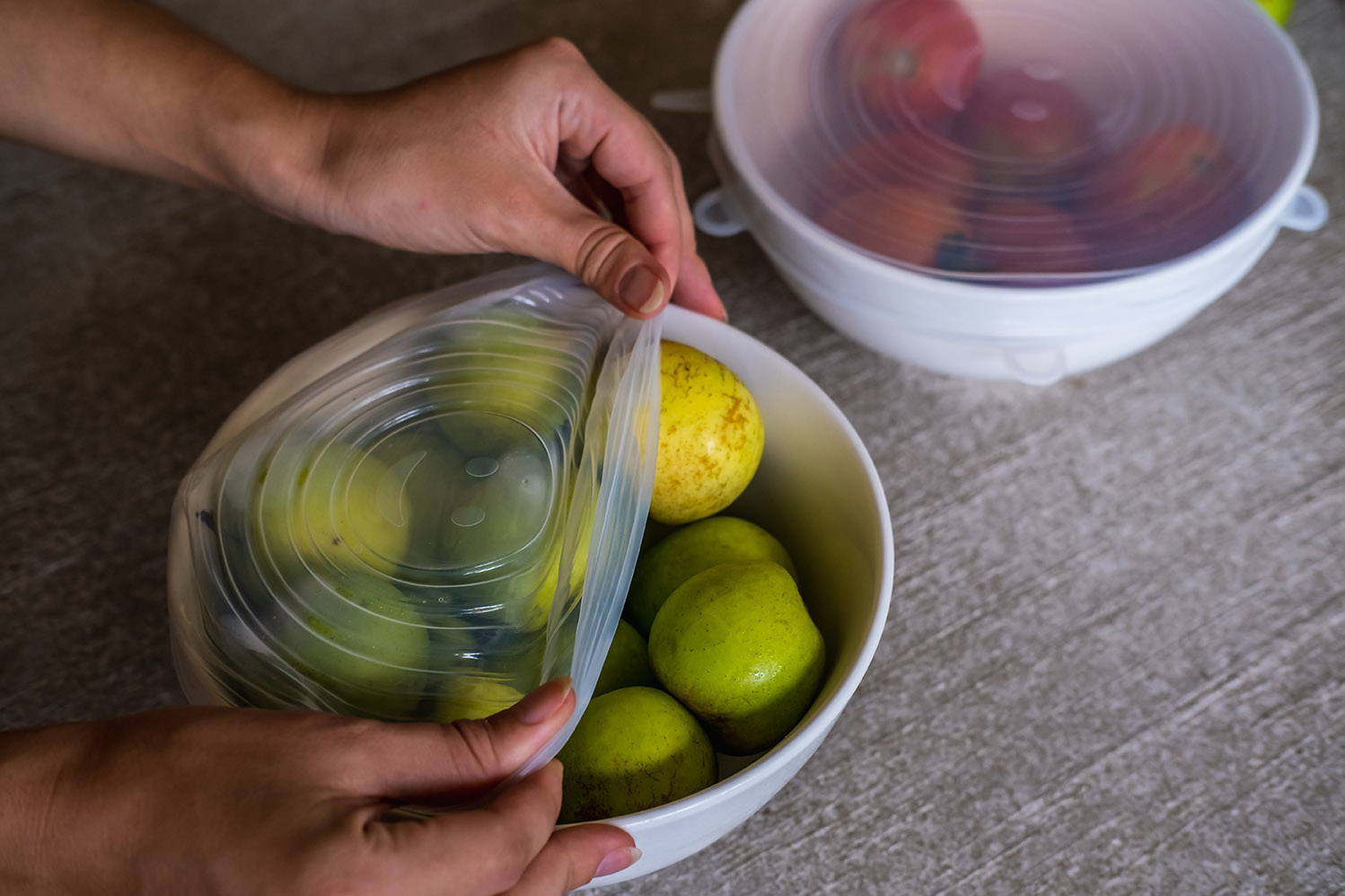Plastics in Industrial Design: A Catalyst for Change

Plastic technology not only broadens designers’ creative horizons but also brings innovative approaches to manufacturing, sustainability, and user experience.
Designers with a grasp of plastic technology can transform industrial design, creating groundbreaking products that meet manufacturing demands and environmental standards.
You can also read: 3D Printing Program Targets Rapid, High-Volume Production of Large Parts
Material Innovation and Product Durability
Plastic technology has revolutionized material innovation, empowering designers to craft lighter, more durable, and versatile products. By exploring the properties of various plastics, including flexibility, strength, and environmental resistance, designers can choose the perfect material for each product’s unique needs. This careful selection guarantees products meet functional demands while upholding durability and longevity, cutting down on replacements and promoting sustainability.
Enhancing Sustainability
The knowledge of plastic technologies plays a main role in promoting sustainability within industrial design. With advancements in biodegradable plastics and recycling processes, designers are now equipped to develop products that minimize environmental impact. Incorporating these materials into the design phase aligns products with the growing consumer demand for eco-friendly solutions. Furthermore, understanding the life cycle of plastics allows designers to innovate in ways that facilitate easier recycling, promoting a circular economy. It’s important to highlight that sustainability is a concept that tends to be almost unique for every project.
Plastic Cost-Effectiveness and Accessibility
Plastic technology knowledge enables designers to make informed decisions that can significantly reduce production costs without compromising quality. The versatility of plastics, combined with advanced manufacturing techniques like injection molding, offers economies of scale for mass-produced items. Consequently, this cost-effectiveness makes innovative designs more accessible to a broader audience, democratizing high-quality products.
Aesthetics and User Experience

The versatility of plastic expands the designer’s toolkit, allowing for the design of visually appealing and easy-to-use products
Plastics offer unparalleled flexibility in aesthetics, allowing for a broad spectrum of colors, textures, and forms. This versatility enriches the designer’s palette, enabling the creation of visually striking and user-friendly products. Designers can experiment with transparency, opacity, and surface finishes to enhance the user experience and emotional connection with the product. The tactile and visual qualities of plastics can be tailored to evoke specific user responses, making products not only functional but also engaging on a sensory level.
Future Trends
As we look to the future, the intersection between plastic technology and industrial design is poised for further innovation. Emerging technologies, such as 3D printing with plastic materials, open new avenues for customization and rapid prototyping, accelerating the design process and offering personalized solutions. Additionally, the ongoing research into alternative and sustainable plastics will continue to shape the environmental ethos of industrial design.
The integration of plastic technology knowledge into industrial design has transformative effects on product development. It enables the creation of durable, sustainable, cost-effective, and aesthetically pleasing products that meet modern-day requirements. As designers continue to explore the potential of plastics, we can anticipate a future where industrial design not only solves practical problems but also does so with an acute awareness of environmental responsibilities and user engagement.
